|
This is a major renovation. We are removing three feet of soil from the front yard and relocating it to the backyard. Creating a new entry for the house, and a home for fifty some odd used tires. We'll be replacing the existing support wall due to structural concerns and replacing it with a new sloping terraced wall. We've removed the concrete stairs from the front of the house and are using those in the tiered section of garden in the backyard. Why, you ask? Our client recently moved into this house, though her daughter has owned it for years. It had been rented out by a tenant who worked on cars and amassed quite a large pile of old used tires. In order to reduce waste and to create a more permanent home for the tires without throwing them in a landfill, we will be using them to create a new retaining wall in the backyard. In addition, the giant tree was also taken down from the side of the house due to insurance concerns, and the logs from the tree will be used to create the base of that retaining wall. Here is a before photo of the house, along with an aerial layout of the property. And the beginning of the massive revisioning of the space.
ATGStores.com is joining Stewardship Partners to professionally landscape one lucky winner’s yard with an eco-friendly rain garden that will help protect Puget Sound! Rain gardens are beautiful features that increase home value while preserving our natural resources.
The new rain garden will be fully installed by eco-landscaping professionals, and the winner will also receive up to $1,000 in outdoor furniture from ATGStores.com to make it perfect. For more information and to register: Visit their website! No Purchase Necessary - Ends 9/23/16 This was a great little project we just completed. Our clients wanted to create a more hospitable space in the backyard in order to attract more AirBnB guests, as well as for themselves. The backyard used to be a sloped, weedy, wet mess. We leveled the space, and created a nice flat gravel patio for outdoor fires, complete with fire pit. Leveling and using the gravel will help keep the space from becoming oversaturated with water during the rainy winters. We also used varying colors and textures of bark to delineate spaces and to add a nice aesthetic appeal in the garden.
To further assist with drainage, we built a dispersion swale which will direct the water as it flows through the gravel. The swale is also a nice visual feature, as we used river rock to mimic the look of a stream bed and logs as a foot stepping path to the outer reaches of the yard. Our clients also qualified for a rebate on a cistern, which we installed along the side of the house. Since the cistern isn't located in a place that creates great water pressure for watering the backyard, we installed a small pump to assist with building pressure, so our clients can water their new space using rain collected from their roof. The best feature of this yard, however, is really our Hugelculture raised bed made from repurposed logs. This arc shaped bed is a lovely focal point for the space, while creating additional seating for that outdoor fire. It isn't everyday that we get to see a house and a yard go through such a transformation, but for this client, changing the landscape was essential to drawing the eye into the reframing of the house. The house sits down in the yard quite a bit below street level. In order to help prevent flooding and to create a natural water friendly environment, we created a tiered, winding, and sloped pathway which brings you to the front door of the home. The pathway is gravel, a permeable surface, to ensure maximum drainage from street level to the level of the house. This river like effect allows the rainfall to naturally seep into the ground, rather than rushing down a hard surface such as the previous sidewalk.
We used flagstone on the steps and a complementary paver for the patio outside of the front door. Recycled logs and boulders provide the retaining walls for the tiered beds, and a small flagstone pathway creates a walkway from the sidewalk. We also tucked a small raingarden into the southwest corner of the yard which will provide catchment and further drainage from the tiered raised beds. Our clients are thrilled! I spoke to them briefly when I stopped by to photograph the new digs and they said that it was a lovely space to spend time in. They mentioned that people walking past often stop by to admire the design, and whenever friends or family come round the house they comment on just how nice it is. I'm not sure we can do much better than that. RAIN GARDEN, CISTERN, AND GREYWATER BASICS
Wednesday, September 7 from 6:30–8:30PM At Renton Highlands Library, 2801 NE 10th St, Renton Don’t let our seasonal rains overwhelm your garden or basement. Learn how you can manage rainwater more effectively and sustainably through rain gardens, swales, french drains, cisterns and other methods. Owner of Stone Soup Gardens Jake Harris will discuss the sources and impacts of stormwater runoff, as well as how to minimize its impact and maximize its benefit. Register at https://rentonnyc090716.eventbrite.com -------AND------- RAIN WATER HARVESTING APPLICATIONS Thursday, September 15th from 2 - 4 pm At South Seattle Community College-Georgetown 6737 Corson Ave S, Seattle, WA 98108 (Parking fee $3) http://www.southseattle.edu What do we do with all the water we harvest from our rainy northwest climate? Join the Green Infrastructure Partnership (GrIP) for a discussion around our investment in rain catchment systems. We will be joined by Designer and Contractor Ken Blair of Rainbank – Rainwater Systems, who will offer his expertise, instruction, and help facilitate a group discussion. Ken, who has been harvesting rainwater since before it was legal to do so in Washington, will discuss using rainwater for irrigation systems, laundry systems, potable systems, flushing toilets, and more. This will be an excellent topic for folks who are interested in installing cisterns, rain gardens, and greywater systems. Ken Blair Bio: A rainwater collection systems designer and consultant, Ken Blair has designed and installed residential and commercial, potable and non-potable systems, primarily in the northwest United States for 15 years and consults and manages builds nationwide. Ken is an accredited ARCSA Professional, Inspector Specialist, Designer / Installer and Life Member & Pacific Coastal Regional ARCSA representative. Ken is tapped by architects, engineers, government agencies and related professional associations to provide lectures or participate on expert panels to discuss rainwater collection systems design and builds. GrIP Purpose Statement: The Green Infrastructure Partnership is a group of nonprofit, government and community-based organizations working with the public to offer solutions to stormwater pollution. Our participants do this through education, technical assistance and incentive programs. Our purpose is to increase networking, collaborating and coordinating opportunities for public engagement. Our goal is to bolster voluntary adoption of green infrastructure as a viable, affordable and effective solution to reduce stormwater runoff polluting Puget Sound. |
This is how Stone Soup Gardens rolls - check out our blog for current, upcoming, and past projects, events, and other super cool stuff worth mentioning.
Archives
|
Contact Us: GardenerGnome@gmail.com -or- (206) 661-7628


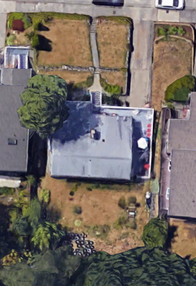






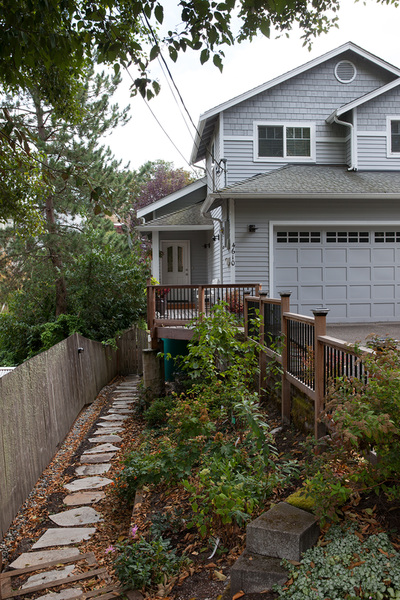

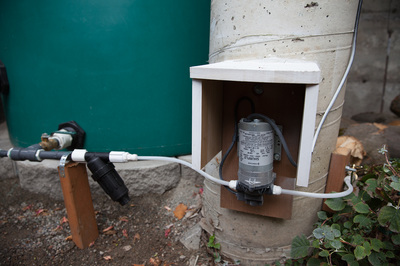
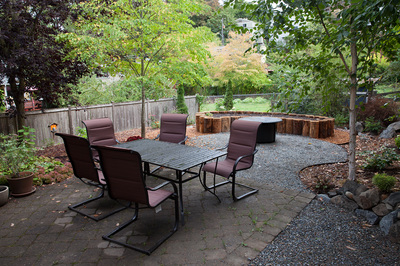





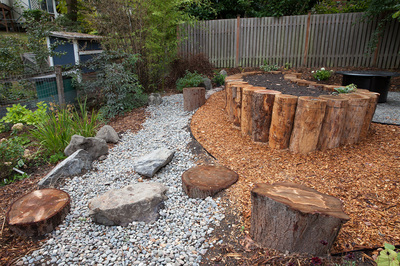



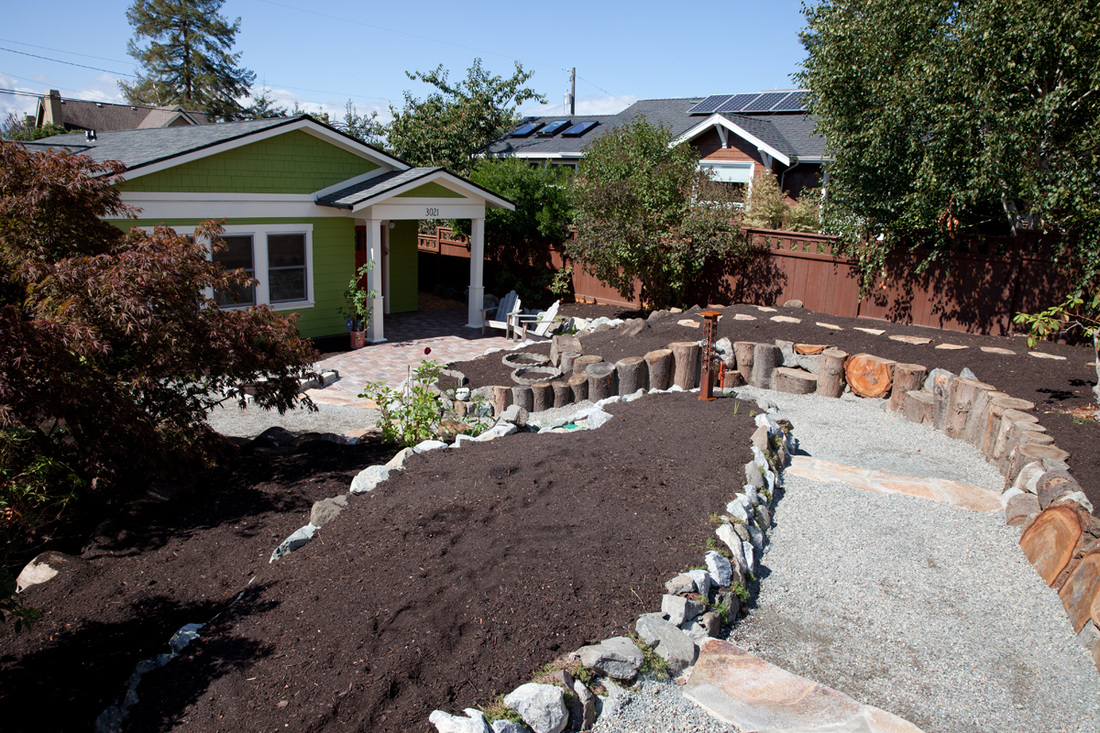







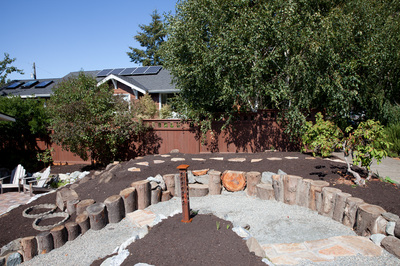





 RSS Feed
RSS Feed